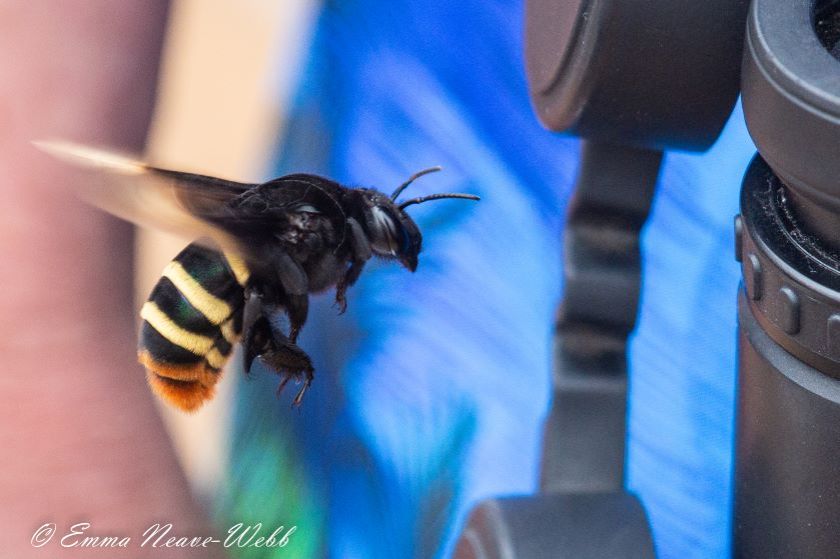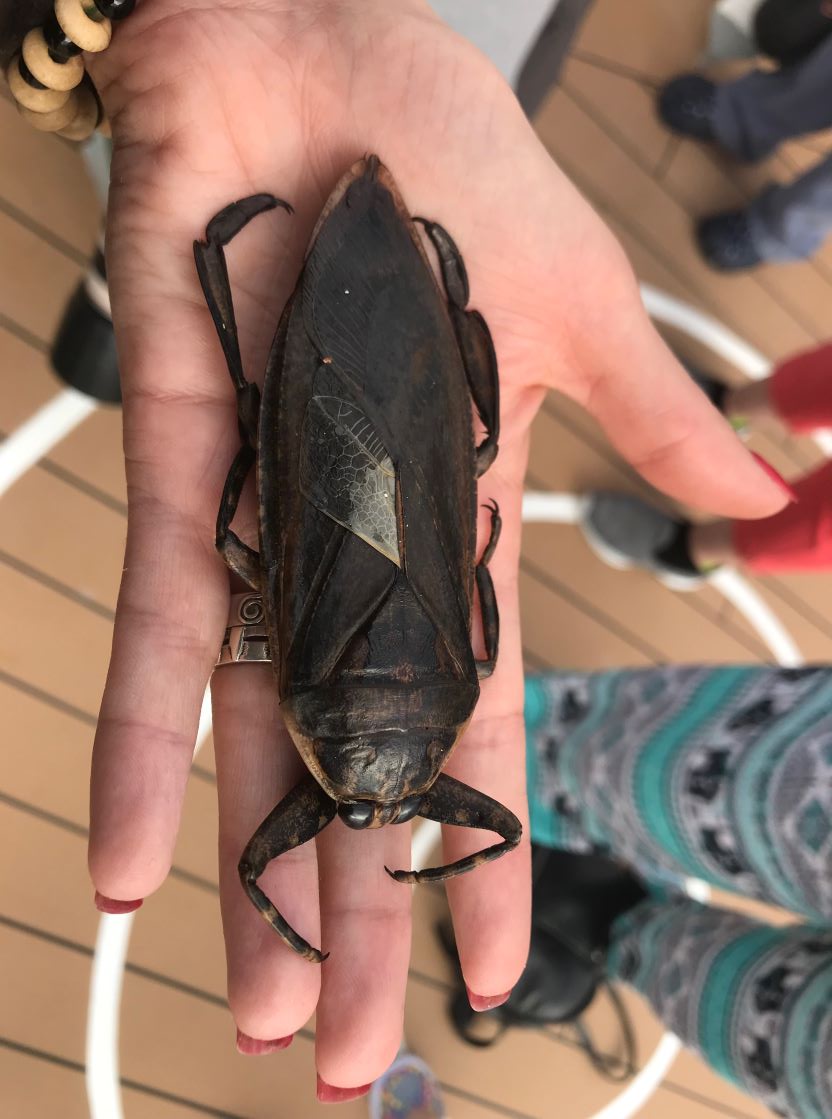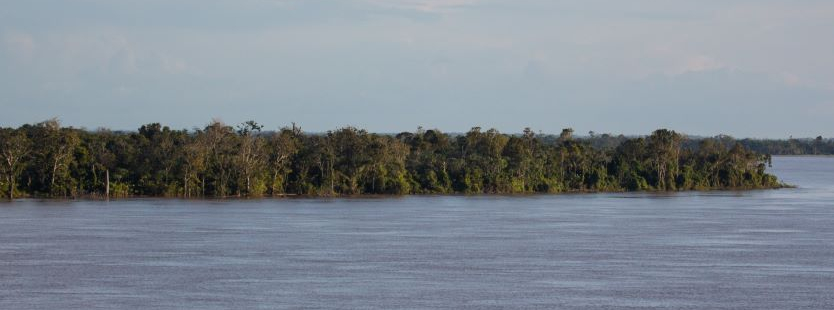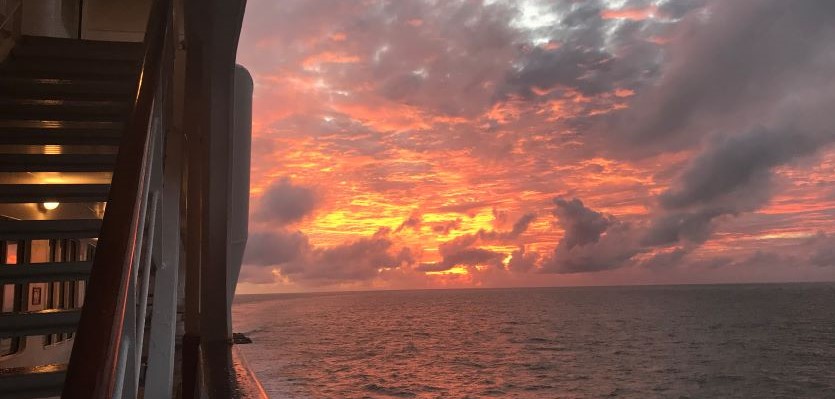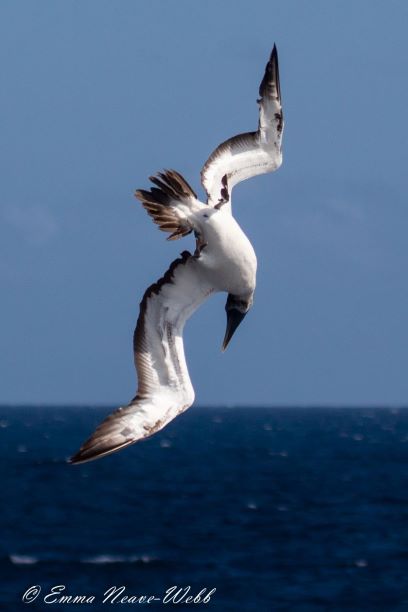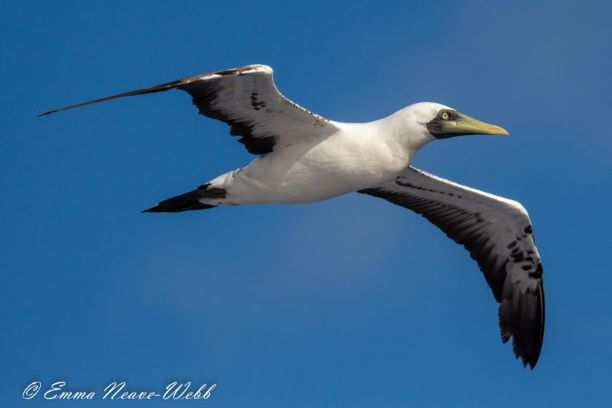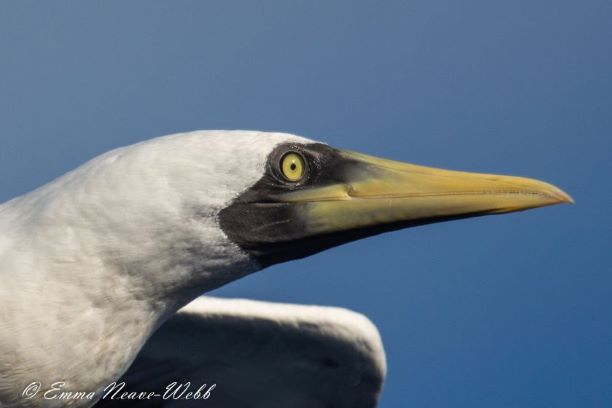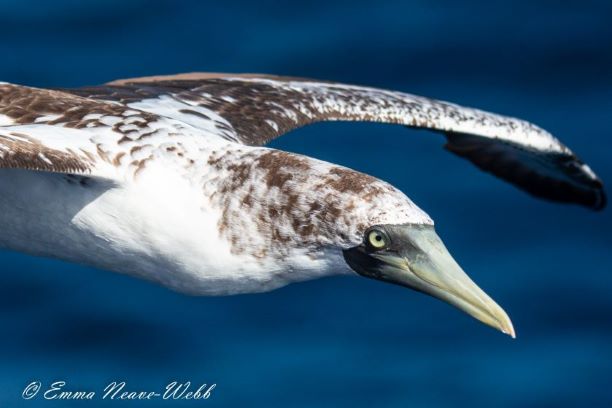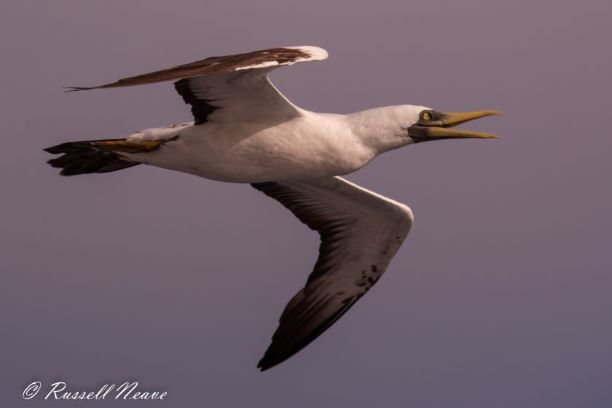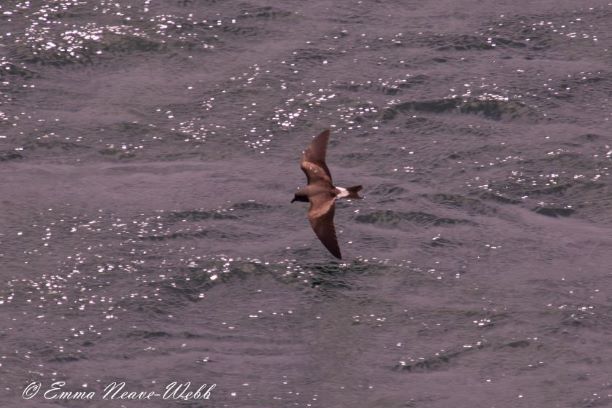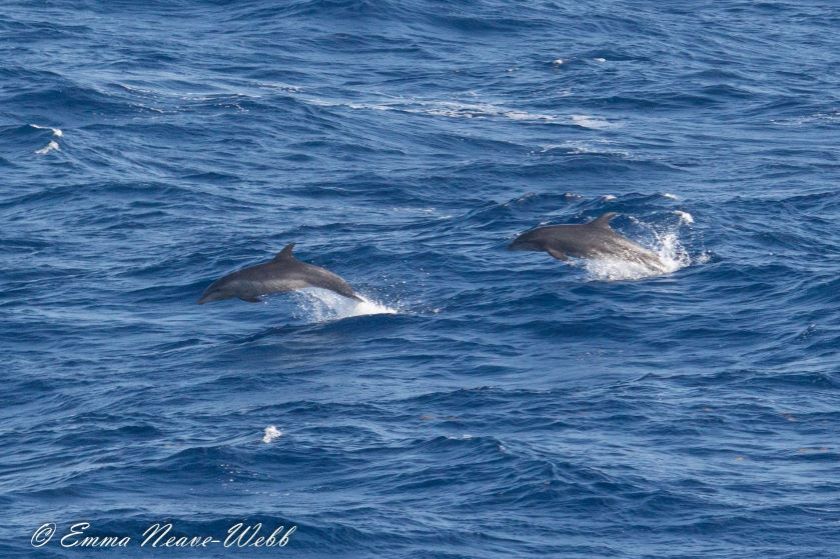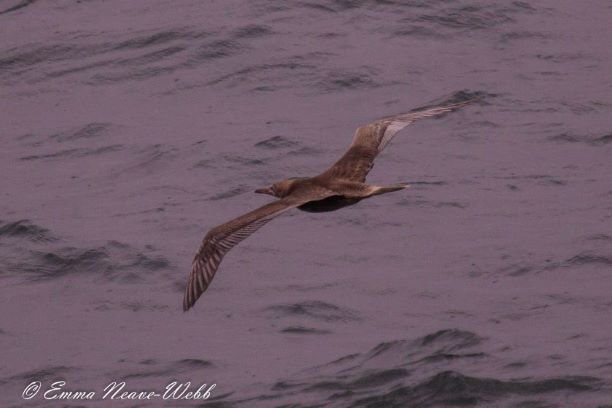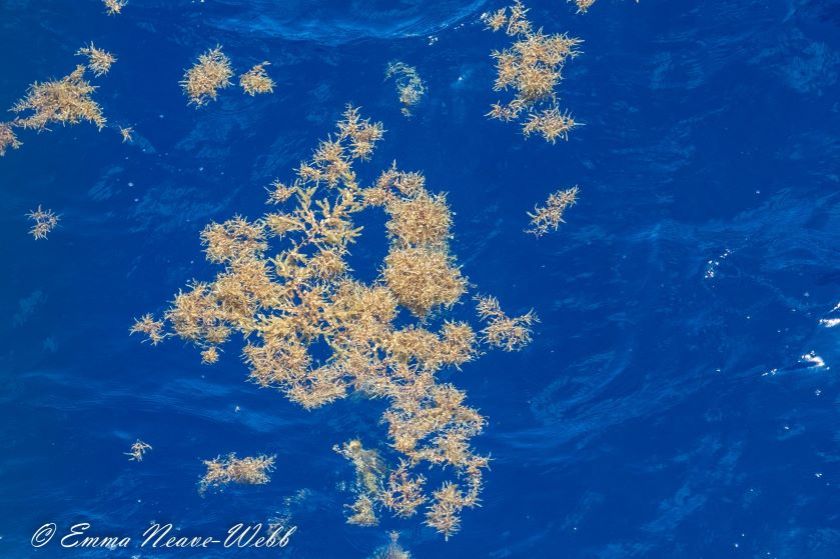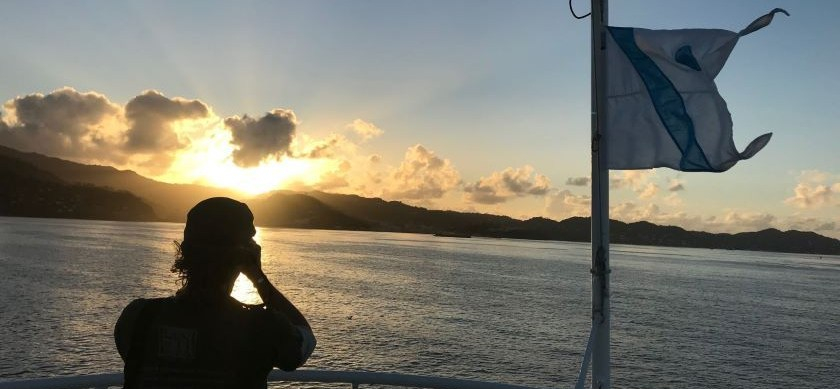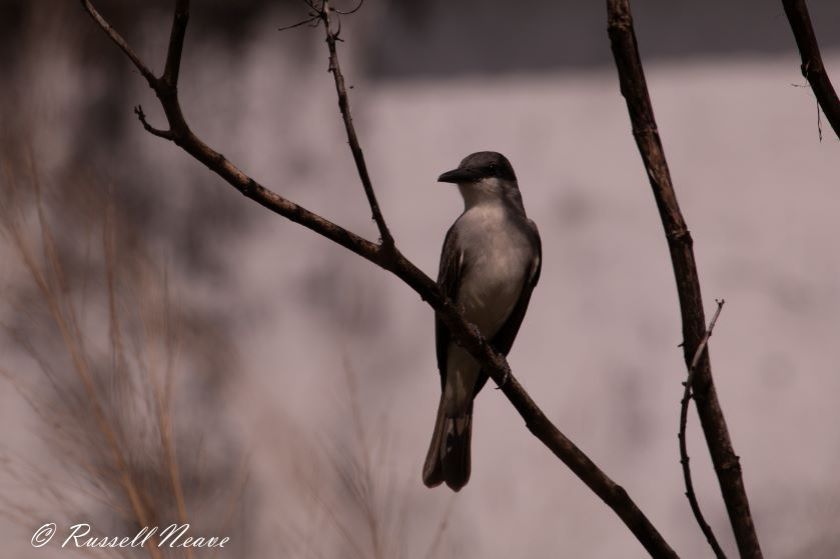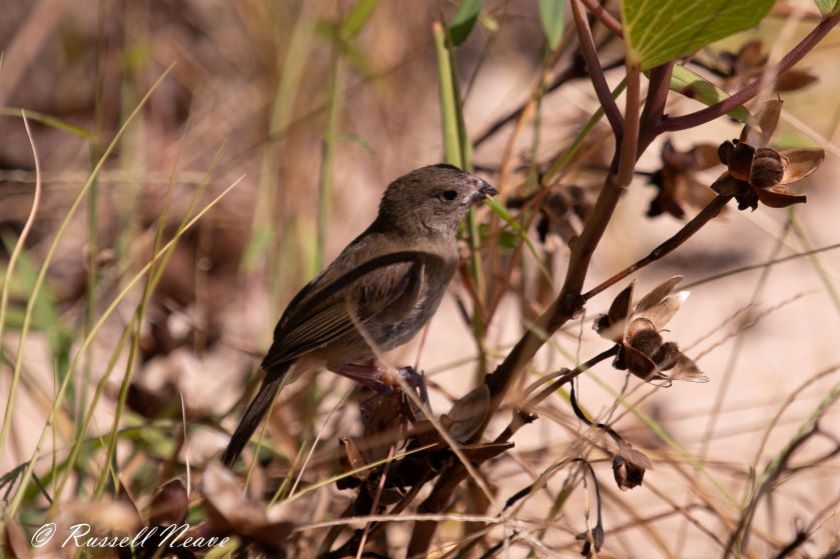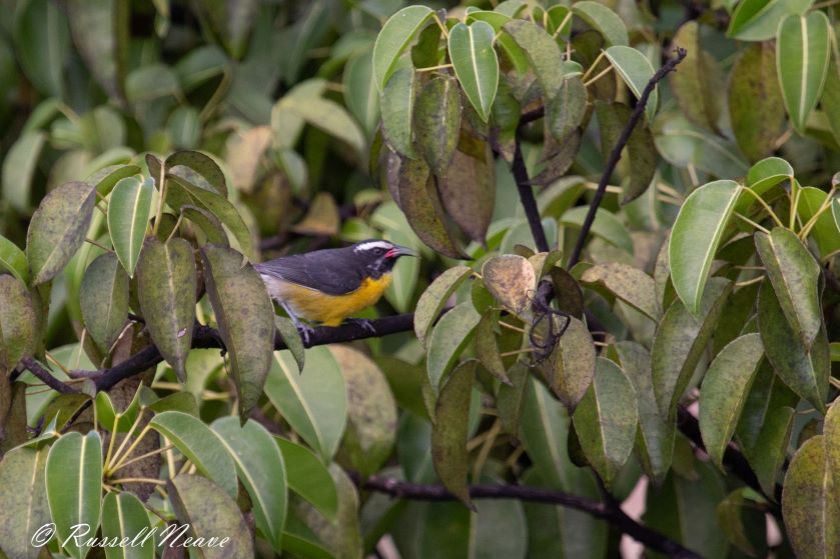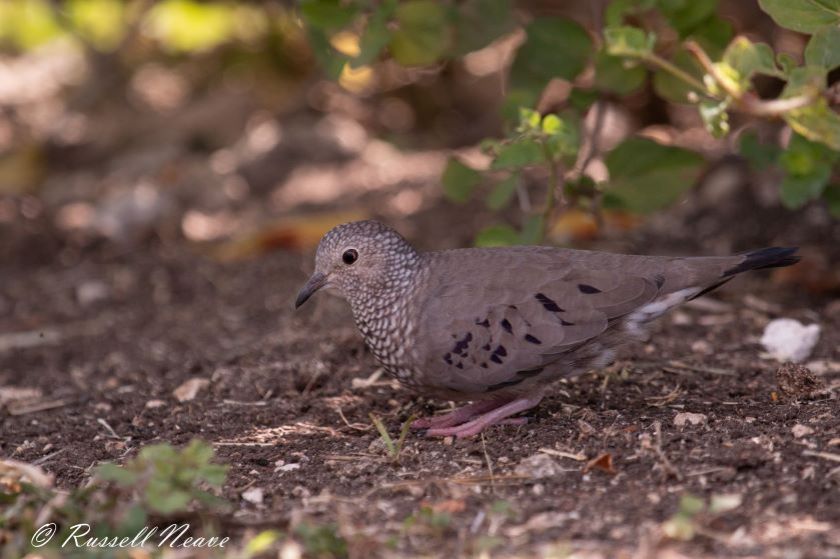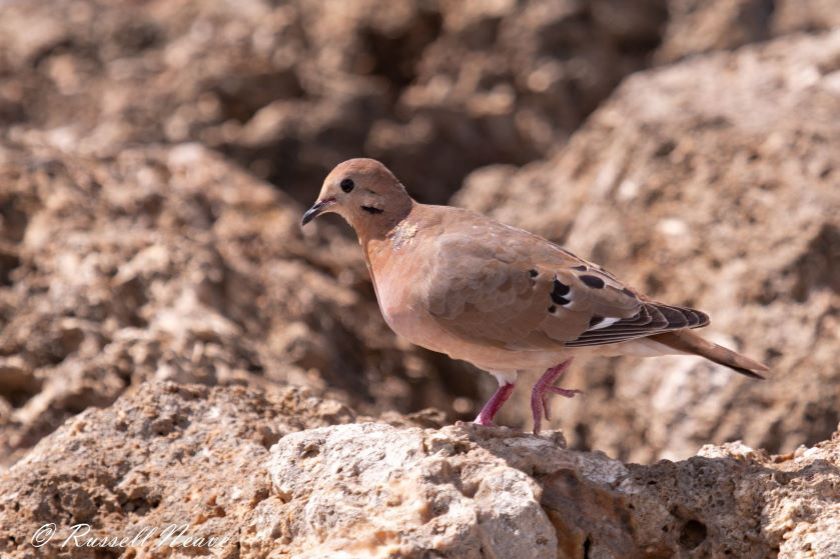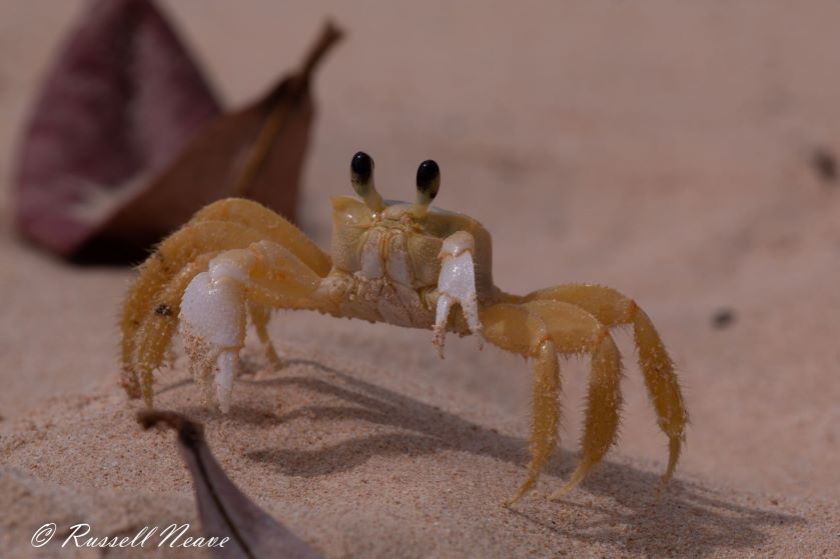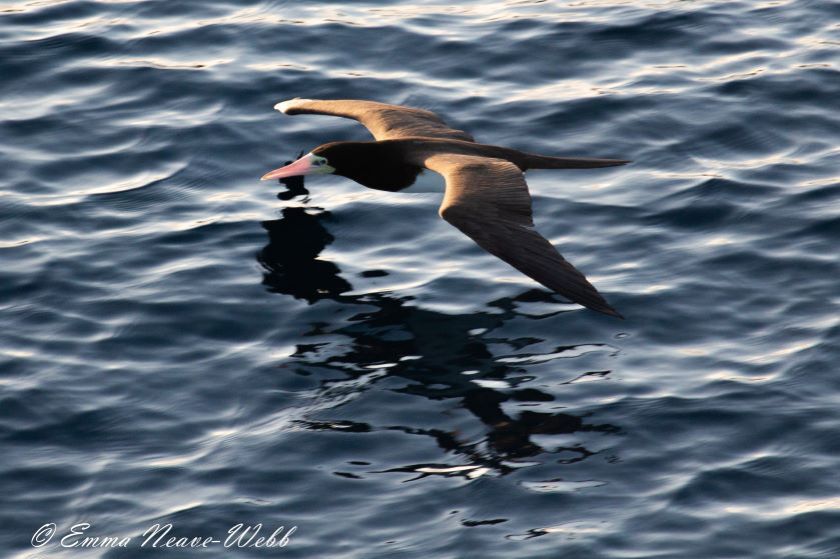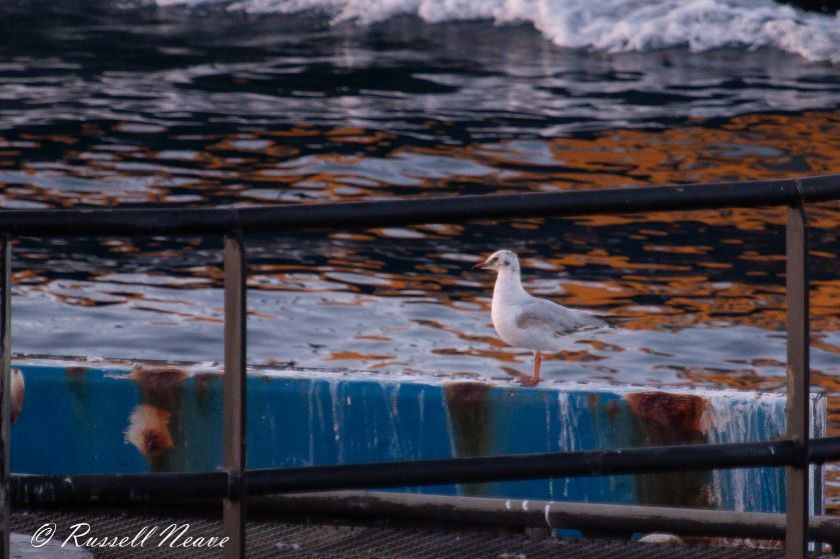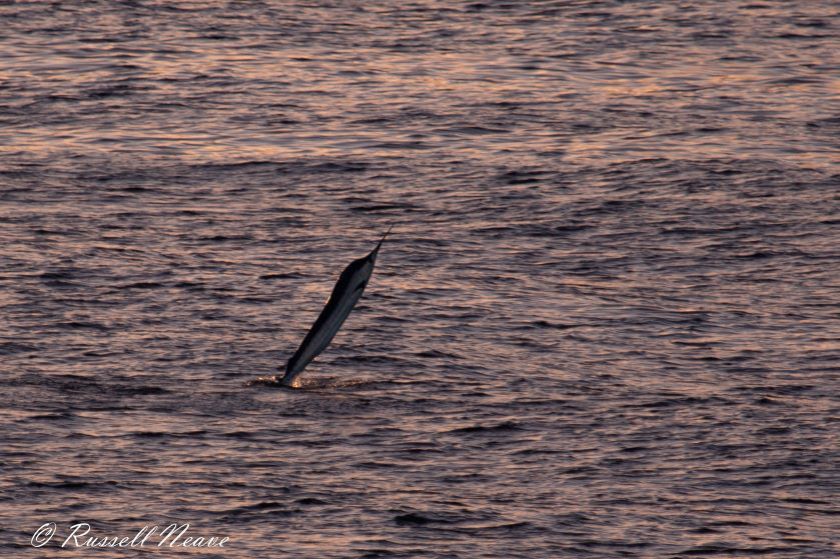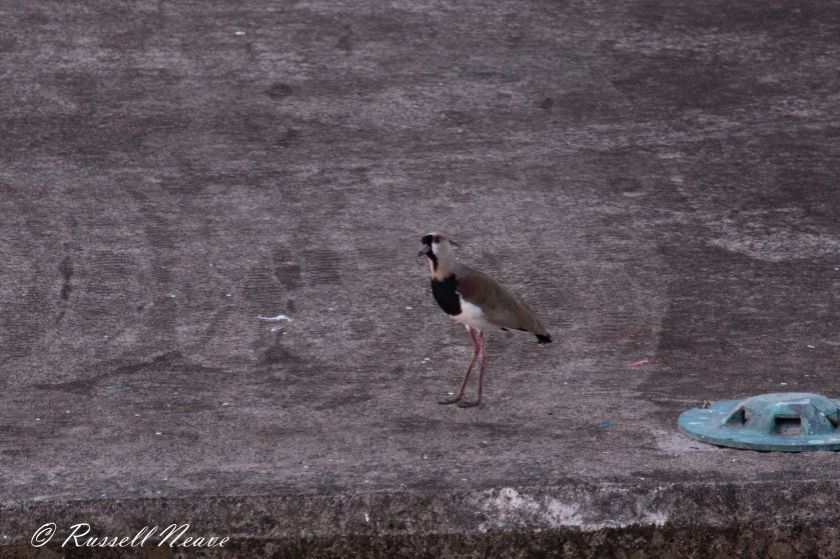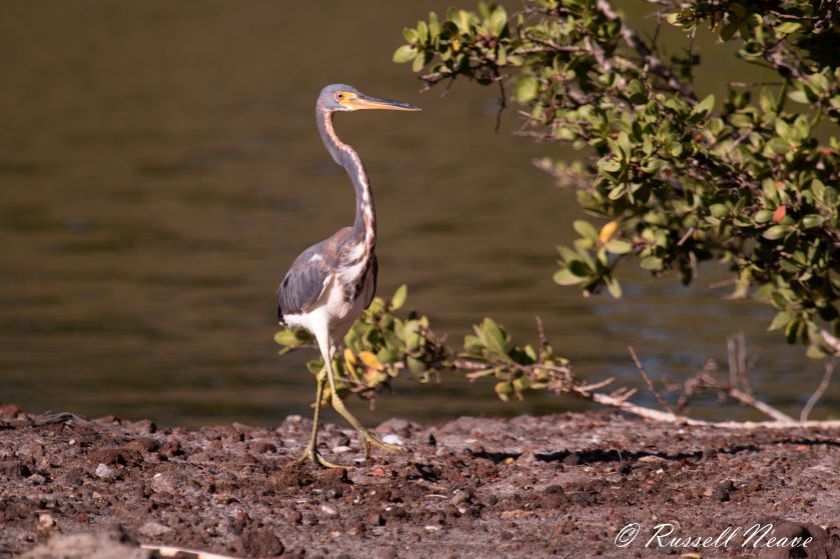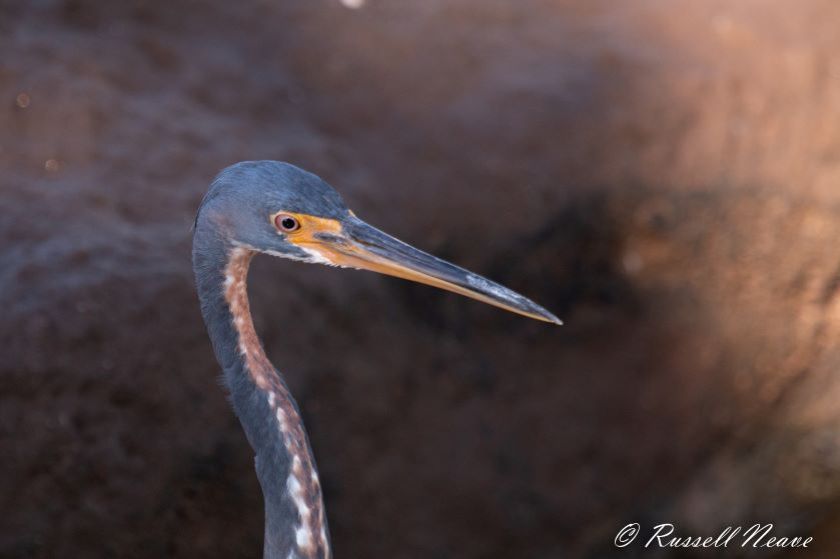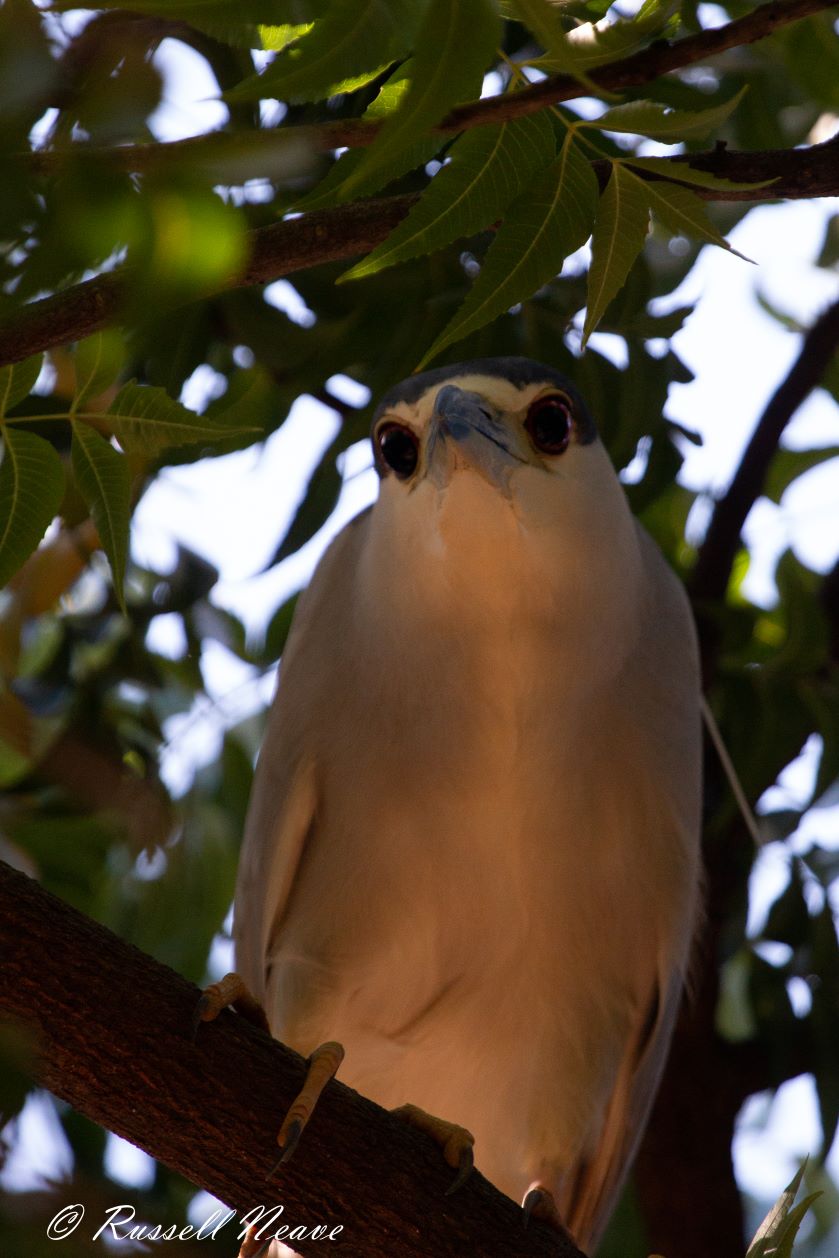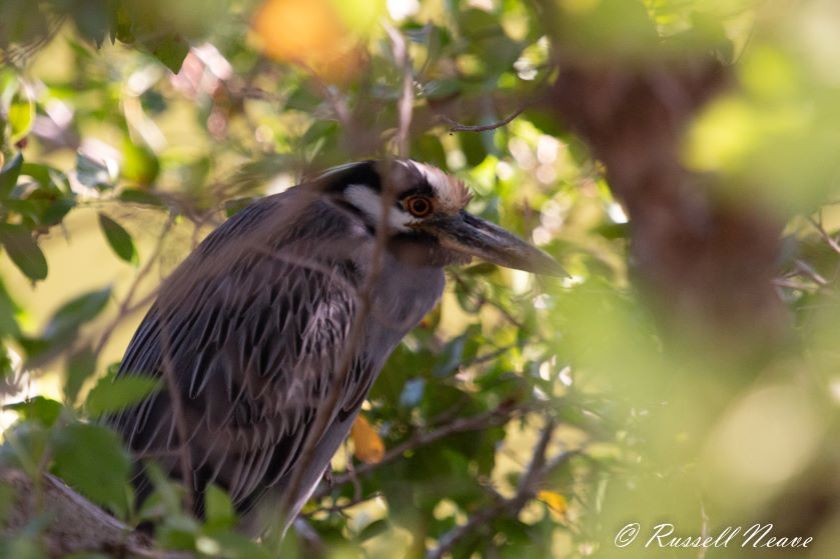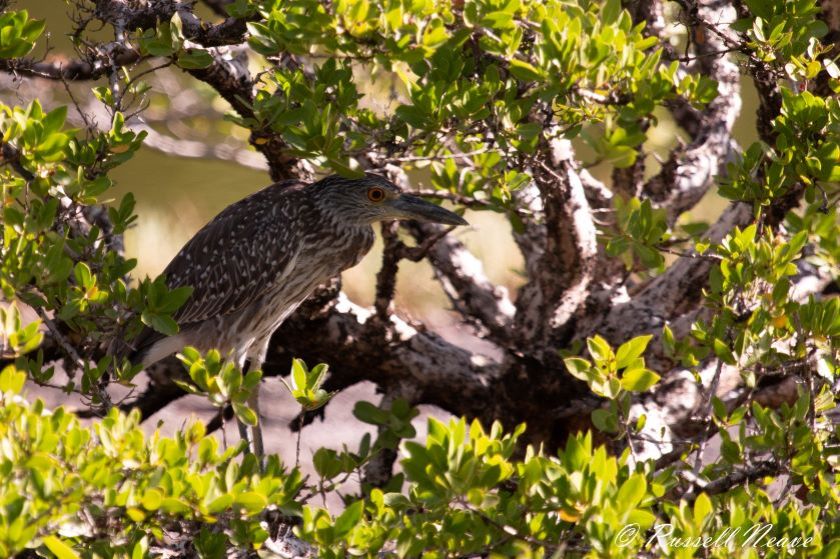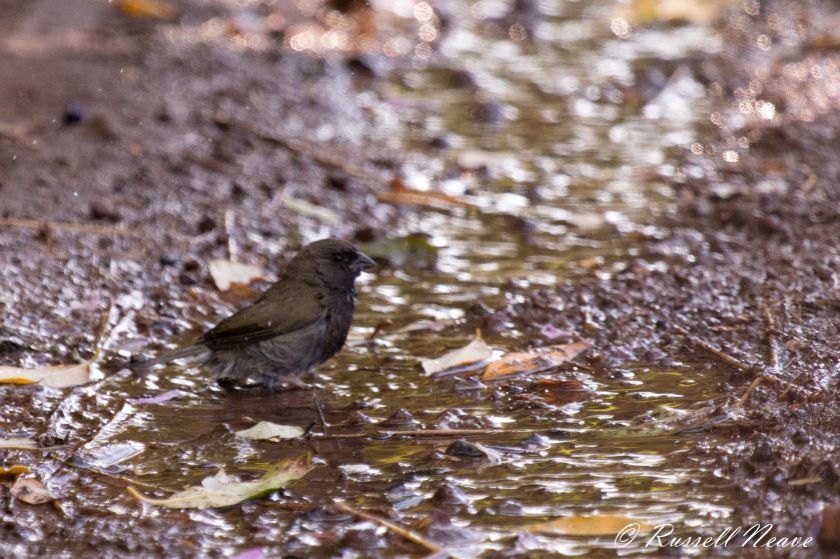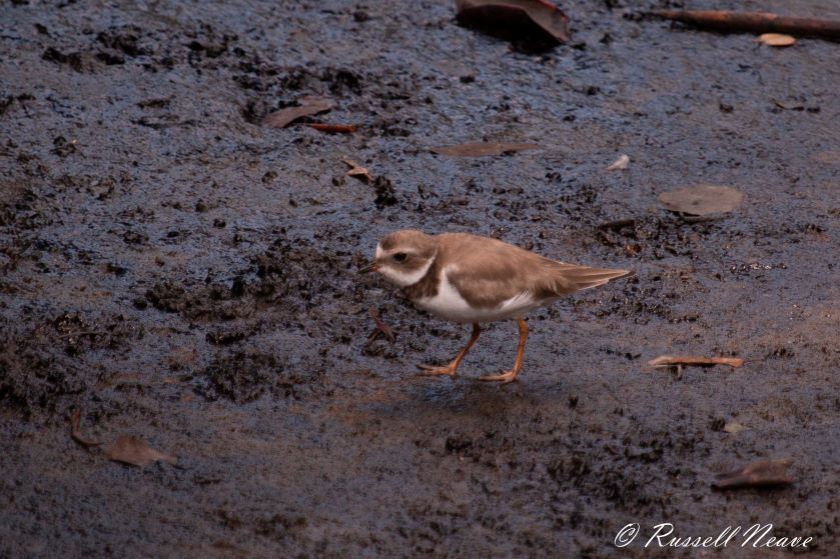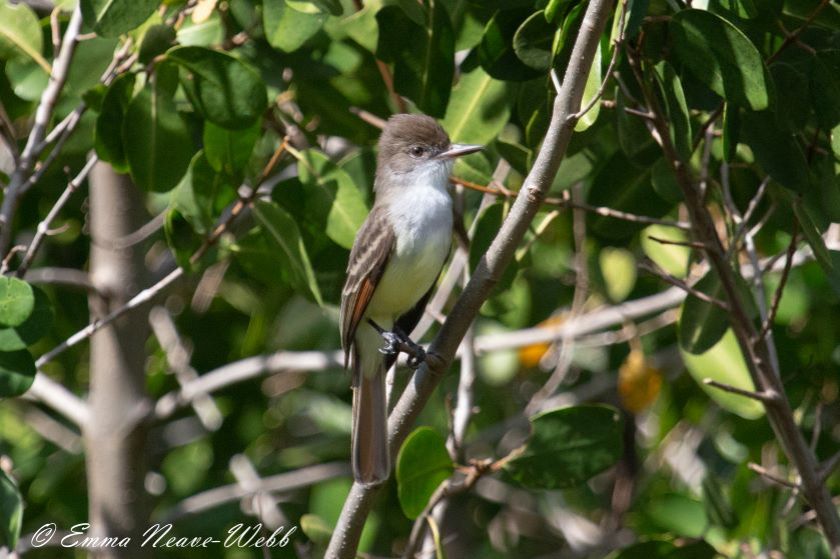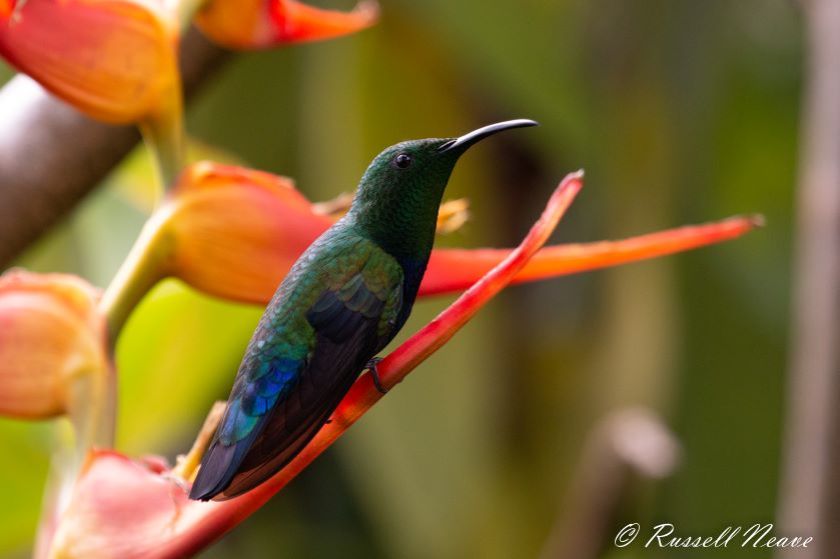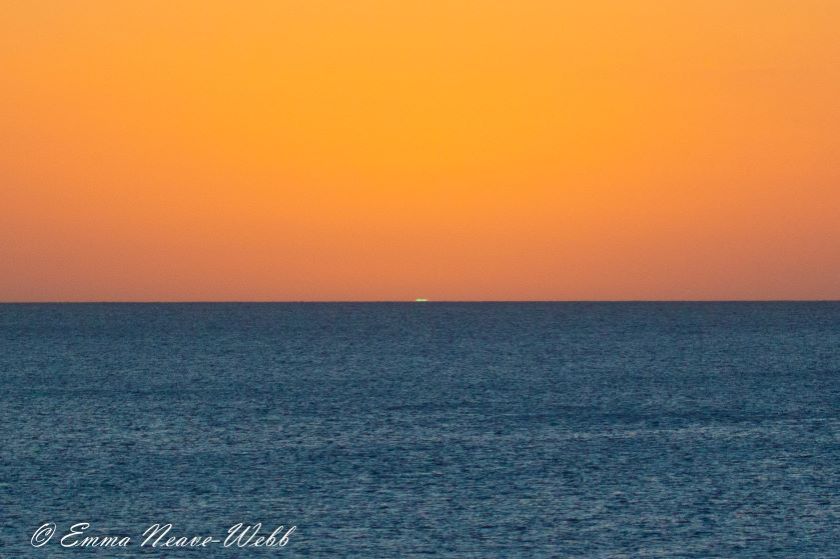Land ahoy! We’ve arrived in the Amazon River- it’s difficult to describe the scale to be honest as it is so wide, it’s like being at sea still! Although with many more birds than we have seen over the past few days! The nearer Belem we got, the more skuas, terns, gulls, vultures and egrets seen. I have to say, it is more than a little surreal watching TURKEY VULTURE circling over a cruiseship when it looks like you are still at sea!
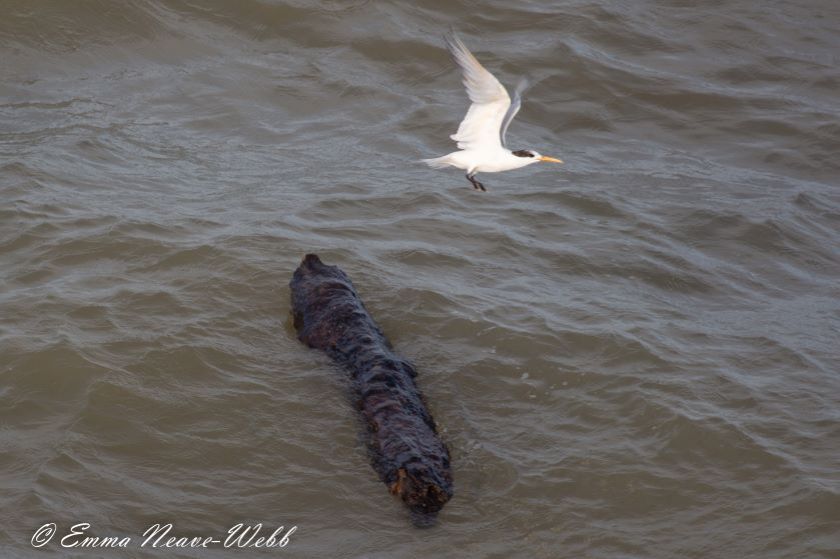
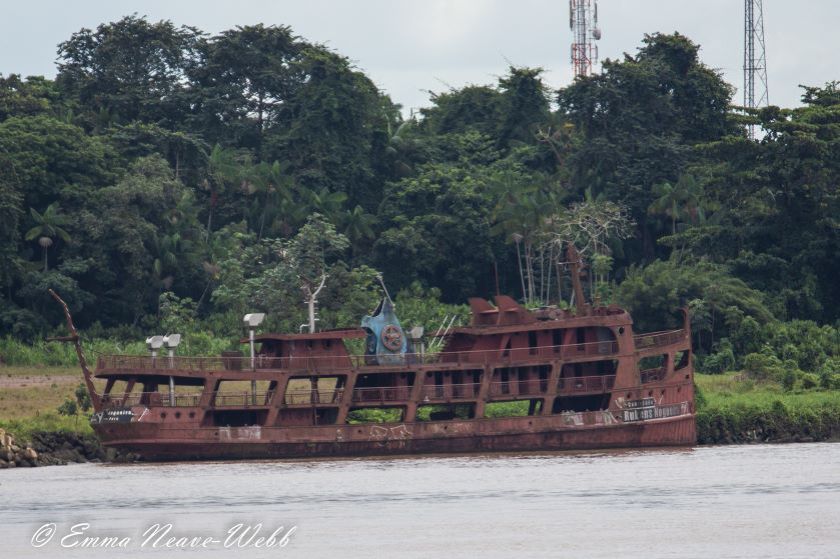
On arrival to Belem, we took the two-storey local tender over to the city to have a tour of the market and learn more about the trees and fruits of the forest. Unfortunately, as we arrived, the famous rain hit, and boy did it rain! I think I would actually have stayed drier if I’d gone for a swim in the river! Still, I think we all would have been a little disappointed if we hadn’t experienced the rain given we are visiting a rainforest and it did mean that the lady selling umbrellas at the cathedral did a roaring trade!
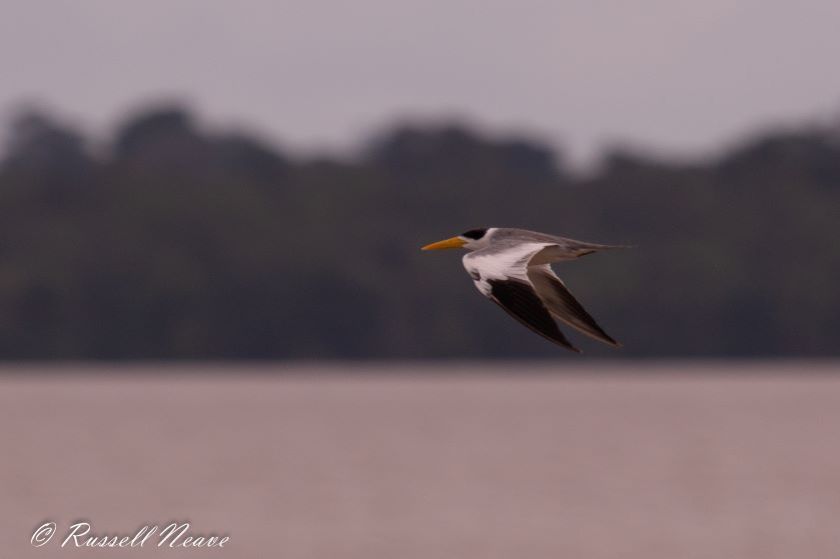
The next day saw us out in the vast Amazon Basin heading north towards the northern channel and the Macapa Pilot Station where we were scheduled to pick up our river pilots. In terms of wildlife, it was an exceptionally quiet day, but that meant there was much less risk of me missing anything good whilst I gave my final presentation on the evolution of the whale from land mammal to sea mammal! It was a good opportunity to relax and make the most of the wonderful facilities on board Braemar before the very busy days ahead as well as attend the Crossing the Line party after recrossing the Equator during the morning.
After picking up our pilots at Macapa Pilot Station, we settled in for the day on deck with the excitement of knowing that this was going to be our first full day in the Amazon River proper – there was certainly an air of expectation buzzing around the ship when our wonderful local guide Marco Lima gave his deck talk about what to expect throughout the day. Again, it is difficult to put into words the sheer scale of the Amazon, it is huge in every direction and every possible way. At times, we sailed in the middle of the channel and the trees appeared tiny on the horizon, at other times we were able to sail close to the banks and see the forest and her wildlife in all it’s glory.
Wildlife watching from a moving vessel can be difficult at times and none more so when you are trying to identify raptors sitting in trees at distance or watching distant flying parrots over the treetops. However, throughout the day we were treated to some close CHESTNUT-FRONTED MACAW and BLUE-YELLOW MACAW flying overhead. A small group of GREY-BREASTED MARTIN made use of the ship whilst feeding on the insects around.
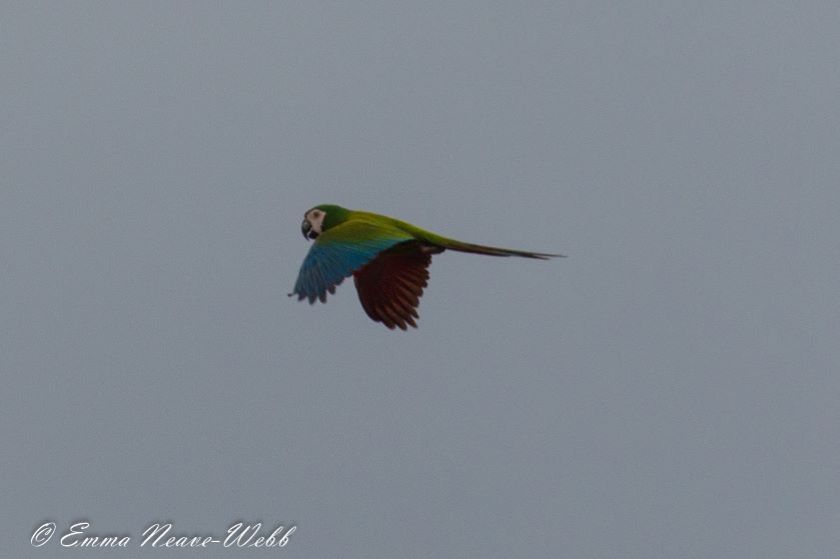
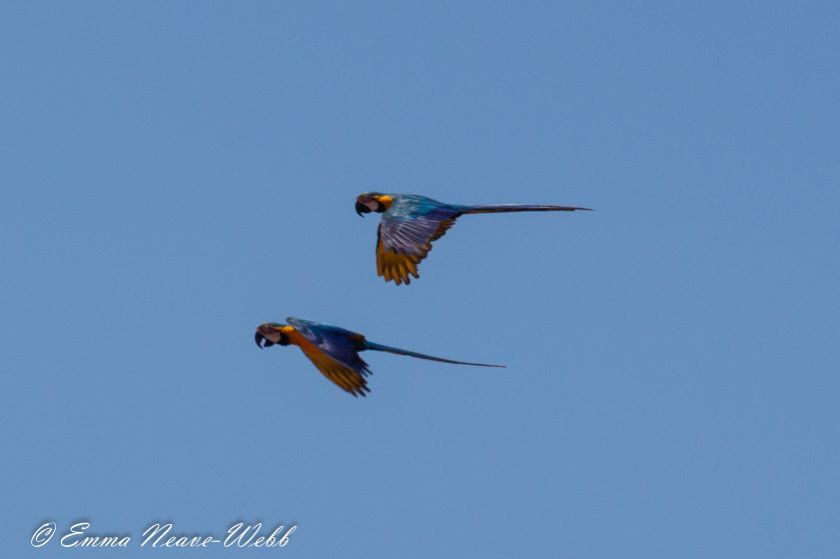
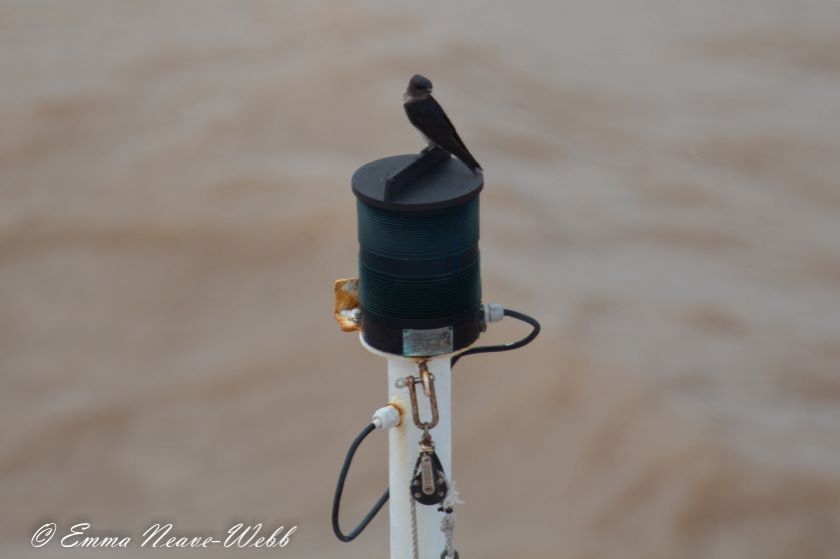
Along the banks of the river, we found many different egrets and heron including SNOWY EGRET, GREAT WHITE EGRET and COCOI HERON. TURKEY VULTURE were never far from sight soaring high over the canopy and we managed to spot on distant KING VULTURE showing its distinctive white plumage as it soared. Raptors were not easy to identify at distance, but we had good views of both LAUGHING FALCON and SWALLOW-TAILED KITE through the scope. As dusk approached, lines of BLACK SKIMMER passed us heading off to roost.
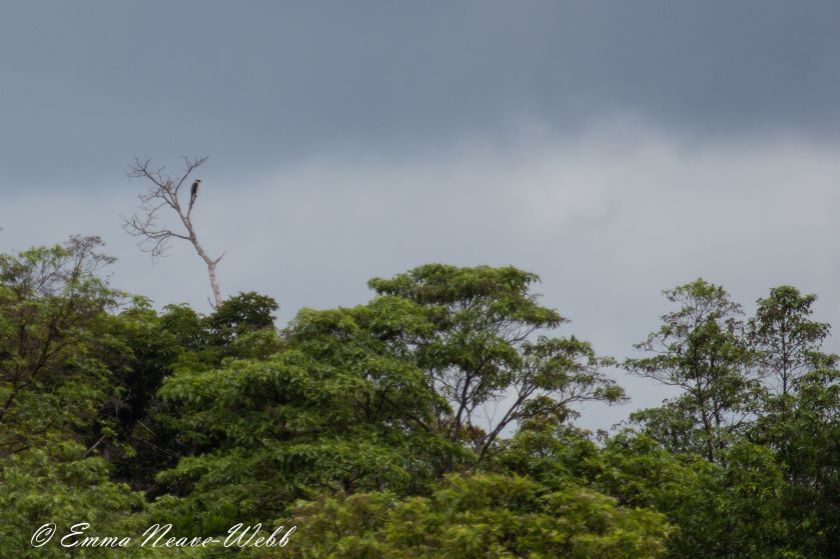
My target species of this particular trip were proving elusive – we had frustrating glimpses of what were probably AMAZON RIVER DOLPHIN feeding along the edges of the river, but never had good enough views to be certain. However, we were able to confirm one small group of TUCUXI feeding by a submerged tree and vegetation. These diminutive dolphins proving very difficult to spot from a larger vessel! Hopefully, we’ll have better luck as we progress up the river and get the opportunity to head out in smaller boats!
The one thing I had been warned to expect was larger than life insect life in the Amazon! Passengers soon got to know that we were interested in all wildlife and took great delight in pointing out some of the huge bugs and moths which came on board each evening including the GIANT WATER BUG more affectionately known as the TOE-BITER!. Look away now if you don’t like bugs and beasties!
Thanks for reading.
